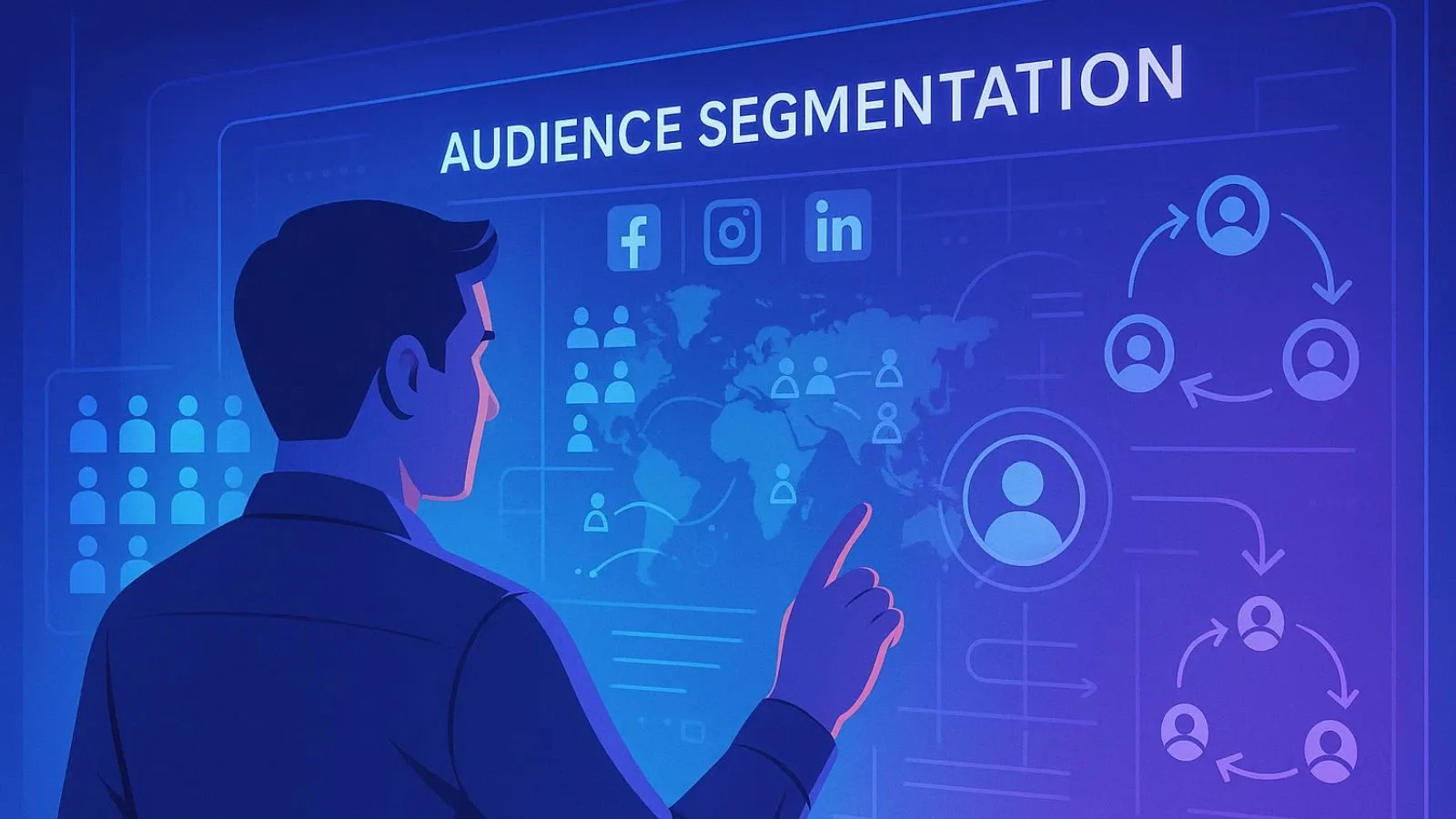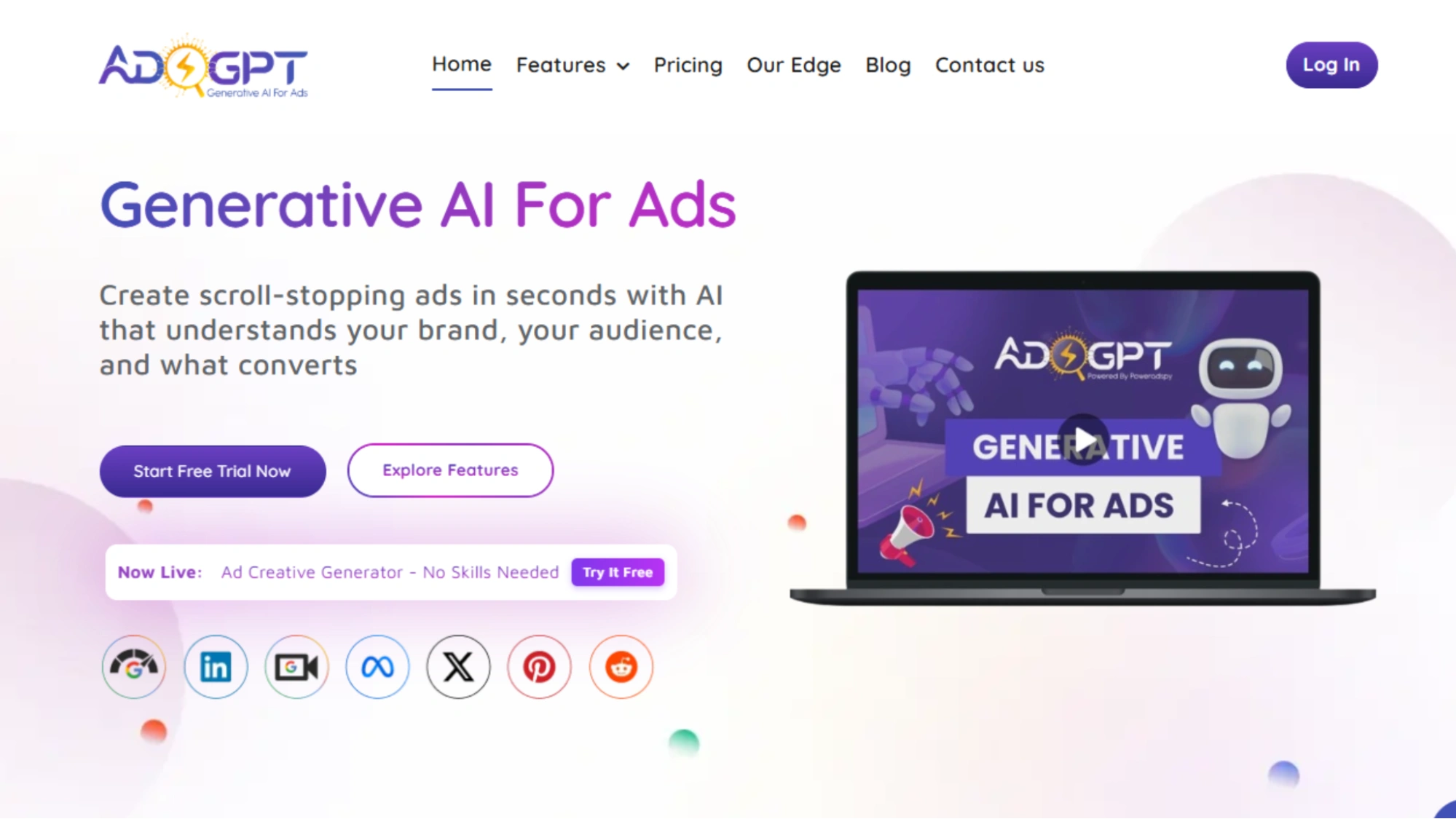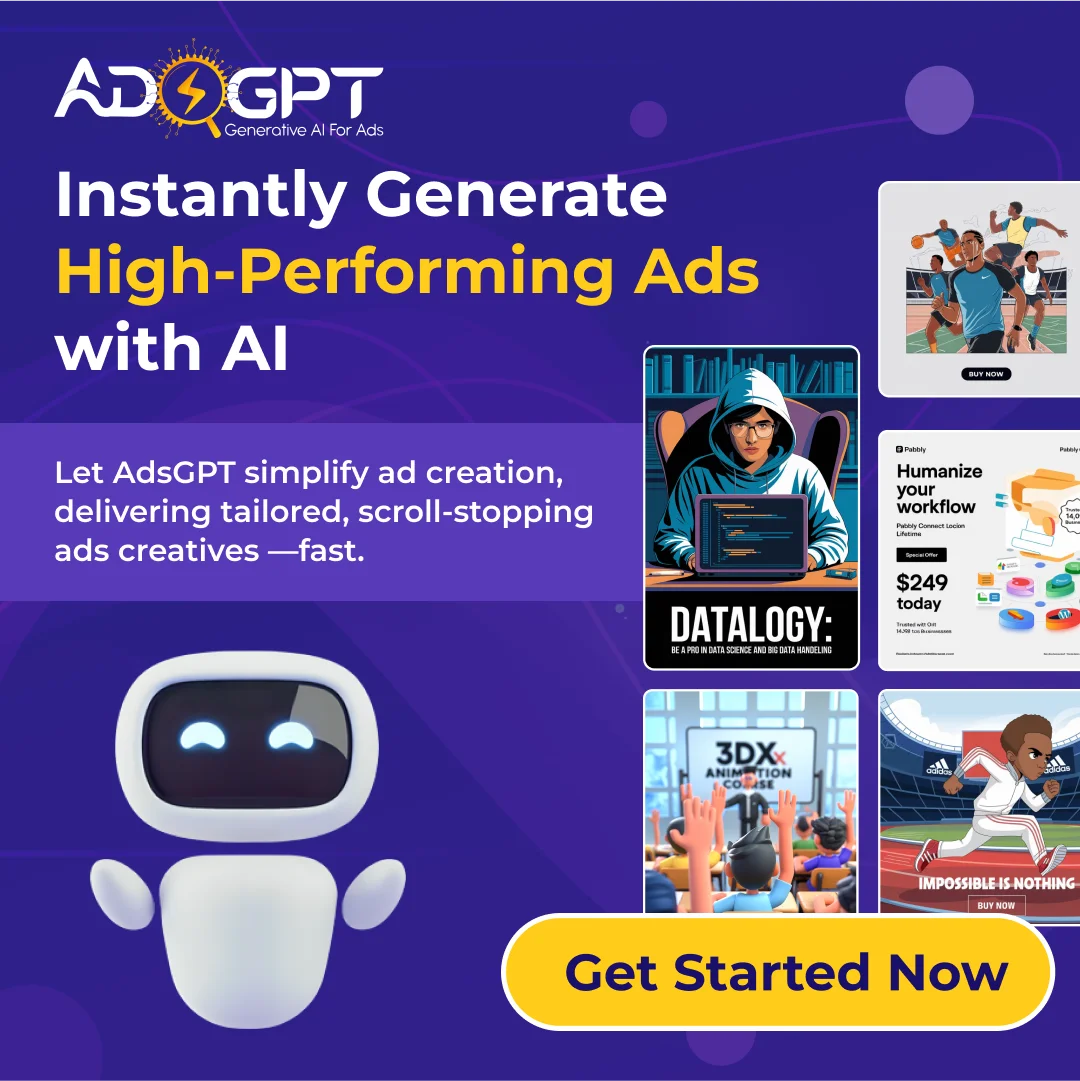
Brands are constantly searching for smarter ways to connect with their audiences, build trust, and drive conversions. Among the many tools available, social media advertising stands out as one of the most effective strategies.
It enables businesses to target specific demographics, track performance in real time, and maximize return on investment, making it an indispensable part of any successful marketing plan.
From Brilliant Ads Created By A Social Media AI Generator to data-driven campaigns managed by experts, the possibilities for innovation are endless.
Whether you are a startup bootstrapping your growth or an established brand scaling your presence, social media advertising offers unparalleled opportunities to connect with your audience, build brand awareness, and drive conversions.
In this comprehensive guide, we will walk you through everything you need to know about social media advertising to stay ahead of the curve in 2025.
Listen to the Podcast Now!
Understanding the Fundamentals of Social Media Advertising:
Social media advertising goes far beyond simply posting content on your feed. It’s a strategic approach to reaching specific audiences through paid placements on platforms like Facebook, Instagram, TikTok, LinkedIn, and Pinterest.
The beauty of social media advertising lies in its targeting capabilities; you can reach people based on demographics, interests, behaviors, and even their past interactions with your brand.
Unlike traditional online marketing methods that cast a wide net, social media advertising allows you to be laser-focused.
You can create highly specific audience segments and test different messages to see what resonates best.
This data-driven approach means you’re not guessing whether your ads will work; you’re testing and optimizing based on real performance metrics.
When you launch social media ads through these platforms, you’re tapping into billions of active users daily, each one a potential customer.
Why Social Media Advertising Matters Now?
The landscape of social media advertising continues to evolve rapidly.
With iOS privacy changes, algorithm updates, and new platform features rolling out constantly, mastering social media advertising requires staying informed and adaptable.
The fundamentals remain solid, and platforms are investing heavily in tools to help advertisers succeed.
In 2025, social media advertising is more sophisticated than ever. Machine learning algorithms optimize your campaigns in real-time, adjusting bids and audience targeting to maximize your return on investment.
The integration of artificial intelligence in social media advertising means you can accomplish in hours what used to take days of manual work.
Platforms now offer better reporting, more creative formats, and improved ways to track conversions across devices and touchpoints.
Understanding how to leverage these advancements in your social media and advertising strategy is crucial for staying competitive.
Setting Up Your First Ad Campaign:
Before you launch any social media advertising efforts, clarity is essential. Start by defining your campaign objectives.
Are you looking for brand awareness, website traffic, leads, or direct sales?
Each objective shapes how your ad campaigns will be structured and optimized. Your goals should be specific, measurable, and aligned with your overall business objectives.
Next, identify your target audience. This goes beyond basic demographics. Think about their pain points, aspirations, daily habits, and where they spend their time online.
The more detailed your audience profile, the better your social media advertising will perform. Use platform insights and audience research tools to build comprehensive buyer personas.
When you understand who you’re trying to reach, your entire approach to social media ads becomes more effective and efficient.
Your creativity matters immensely in social media advertising. Whether you’re using video, carousel ads, static images, or collections, your creative needs to stop the scroll and capture attention immediately.
Test different formats, hooks, and messaging. What works for one brand might not work for another, so experimentation is crucial to mastering social media advertising.
Remember that your ad campaigns are competing for attention in a crowded feed, so make every element count.
Mastering Audience Targeting:
One of the greatest advantages of social media advertising is the targeting precision it offers. Rather than hoping your message reaches the right people, you can define exactly who sees your ads.
Facebook and Instagram allow you to target by location, age, gender, interests, purchase behavior, and more.
LinkedIn excels at professional targeting, while TikTok reaches younger demographics with incredible granularity.
But here’s where many advertisers miss the mark: they either target too broadly or too narrowly. If your social media advertising targeting is too wide, you’re wasting budget on people who will never buy.
Too narrow, and you don’t have enough volume to learn and optimize. The sweet spot depends on your product, audience size, and budget. Start with a moderate audience size and adjust based on performance data.
Consider using lookalike audiences in your social media advertising strategy. These are people similar to your best customers, based on their actions or characteristics.
Lookalike audiences often perform exceptionally well because they combine the precision of targeting with a broader reach than your core audience alone.
Retargeting is another powerful tactic, showing ads to people who’ve already visited your website keeps your brand top-of-mind and significantly improves conversion rates.
Budgeting and Optimization:
Your budget allocation can make or break your social media advertising efforts. Start with a test budget, something you’re comfortable potentially losing while you learn.
Many successful advertisers recommend starting with $10-20 per day per ad set to gather enough data for meaningful optimization. This allows your platform’s algorithm to learn your audience and improve delivery over time.
When it comes to bidding, platforms offer several options. Cost per click works well when you want website traffic.
Cost per thousand impressions is useful for brand awareness campaigns. Return on ad spend bidding is ideal when you have specific conversion goals.
Your approach to social media and advertising should align your bidding strategy with your objectives.
Most importantly, give your social media advertising campaigns time to gather data before making drastic changes. Platforms need 50-100 conversions to properly optimize.
If you keep adjusting daily, you’re fighting against the algorithm rather than working with it. Patience combined with strategic refinement leads to better results than constant tweaking.
Creating Compelling Ad Copy and Creative:
The words you choose matter tremendously in social media advertising. Your headline and primary text need to grab attention immediately.
Ask questions, create curiosity, or address a specific pain point. Show the benefit, not just the feature. Your message should speak directly to your audience’s needs and desires.
For social media ads visuals, authenticity often beats polish. Users scroll past overly corporate-looking ads but stop for relatable, real-life content.
User-generated content and testimonials tend to perform exceptionally well in social media advertising because they feel genuine and trustworthy.
Test different angles in your ad campaigns. Does your audience respond better to emotional appeals or rational benefits?
Are they drawn to urgency or social proof? Each piece of insight makes your future campaigns stronger.
Also Read:
7 Proven Brilliant Ads Created By A Social Media AI Generator
Introducing AdsGpt: Your Social Media Advertising Assistant:
Managing social media advertising campaigns manually is time-consuming and prone to errors. This is where AdsGpt comes in, a powerful tool designed to simplify and enhance your social media advertising efforts.
AdsGpt uses artificial intelligence to analyze your campaign performance and suggest optimizations automatically.
AdsGpt identifies underperforming ad sets, recommends budget reallocations, and even helps generate ad copy variations.
Rather than spending hours analyzing data, AdsGpt does the heavy lifting, allowing you to focus on strategy and creative direction.
The platform excels at finding inefficiencies in your social media advertising campaigns by tracking metrics across platforms and identifying trends in real-time.
For agencies and in-house teams managing multiple social media advertising accounts, AdsGpt provides centralized insights that save tremendous time and resources.
It alerts you when something isn’t working as expected, allowing you to pivot quickly. With AdsGpt, your ad campaigns run smarter, not just harder, giving you more time to focus on strategy while the tool handles optimization.
Measuring What Matters:
Data is your compass in social media advertising. Track metrics that matter to your business: click-through rate, conversion rate, cost per acquisition, and return on ad spend.
Different metrics matter for different objectives, so know which ones align with your goals. Use platform analytics and UTM parameters to track where conversions come from.
This visibility into your social media advertising performance is crucial for making informed optimization decisions.
Regular optimization is essential. Pause ads that aren’t meeting targets, increase budgets for top performers, and test new variations continuously.
The most successful social media advertising campaigns treat optimization as an ongoing process, not a one-time setup.
Success in social media ads comes from learning, testing, and refining your approach based on real data.
Conclusion:
Mastering social media advertising in 2025 requires understanding platform mechanics, audience psychology, and continuous data analysis.
Start with clear objectives, launch strategic ad campaigns, and refine based on performance. Success in social media and advertising comes from consistent experimentation, optimization, and staying updated with platform changes.
Whether you’re new to social media advertising or refining existing strategies, the fundamentals of targeting, creative excellence, and improvement remain your foundation for long-term success.
FAQ’s:
Q1: What’s the minimum budget needed for effective social media advertising?
Ans: You can start with $5-10 daily, but platforms work best with a consistent budget of $10-20 per day. This gives algorithms enough data to optimize properly and helps you understand performance better.
Q2: How long should campaigns run before evaluating results?
Ans: Allow 2-4 weeks for your social media advertising to gather meaningful data. This timeframe gives the algorithm enough learning time and provides reliable performance insights for optimization decisions.
Q3: Should I run the same ads across all platforms?
Ans: No. Each platform has different user behavior and culture. Customize your ad campaigns for each platform; what works on TikTok differs from LinkedIn. Platform-specific optimization improves results significantly.












